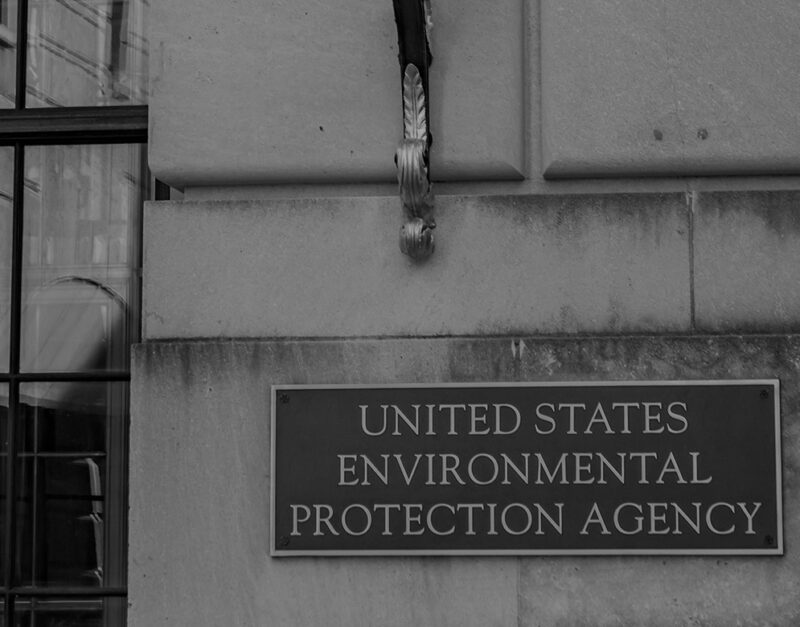 March 26, 2024
March 26, 2024 Public health officials and toxic exposure watchdogs are hopeful that tough new reporting requirements will lead to a greater understanding about how and why Americans continue to be exposed to cancer-causing asbestos.
The new Environmental Protection Agency (EPA) measures expand reporting and recordkeeping duties for manufacturers and importers of products containing asbestos. The regulations apply to all six forms of asbestos and — importantly — to products such as talc that are known to be contaminated with asbestos.
The regulations follow a lawsuit and court ruling that determined a Trump administration policy had unlawfully narrowed reporting policies and wrongly excluded “legacy uses” from the requirements.
“We know that exposure to asbestos causes cancer and other serious health problems that still result in thousands of people dying every year, and today we’re continuing our work to protect people from this dangerous chemical,” said EPA assistant administrator Michal Freedhoff.
Effective August 2023, the policy targets manufacturers and importers of processed asbestos with sales of more than $500,000 per year. Notably, the reporting requirements go a step further and apply to companies that manufacture products that contain asbestos as an impurity. That includes talc- and vermiculite-based products, which are commonly used as components in cosmetics, insulation and fertilizers. Asbestos contamination in these products has been linked to cancer in tens of thousands of cases across the country.
Links between talc and asbestos
Talc and asbestos are both naturally occurring minerals often found in close proximity underground. As talc is mined and processed, it can inadvertently pick up asbestos fibers, leading to contamination. As a result, it’s crucial for talc mining and processing operations to take precautions to prevent this cross-contamination and rigorously test products for asbestos to ensure safety.
How asbestos exposure causes mesothelioma
Asbestos exposure is the primary cause of an aggressive and deadly form of cancer known as mesothelioma. Inhalation or contact with microscopic asbestos fibers can lead to the development of mesothelioma, and health risks can persist for decades after exposure. Because of the natural heat and fire resistance of asbestos, as well as its inability to be broken down by chemicals or bacteria, asbestos was widely used in many consumer products in the 20th century.
What Types of Asbestos Are Covered?
The EPA reporting requirements include the following types of asbestos:
- Actinolite
- Amosite
- Anthophyllite
- Chrysotile
- Crocidolite
- Libby amphibole
- Tremolite
- Products that contain asbestos as an impurity, such as asbestos-contaminated talc.
How We Help Victims of Asbestos Exposure
Seek justice with the help of our experienced asbestos attorneys. Our asbestos law firm has represented individuals like you affected by asbestos exposure for over 20 years, aggressively fighting the corporate giants responsible for their dangerous products. If you or a loved one were exposed to asbestos or suffered from a disease caused by asbestos, like mesothelioma, we can help.


